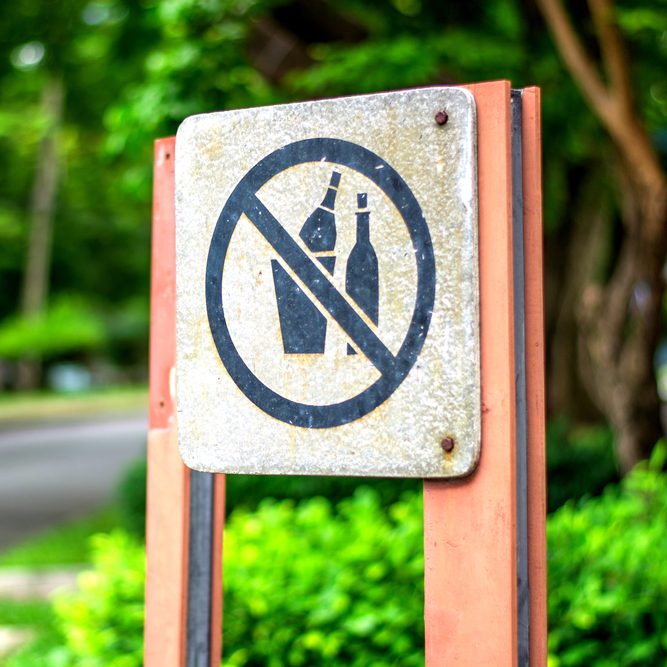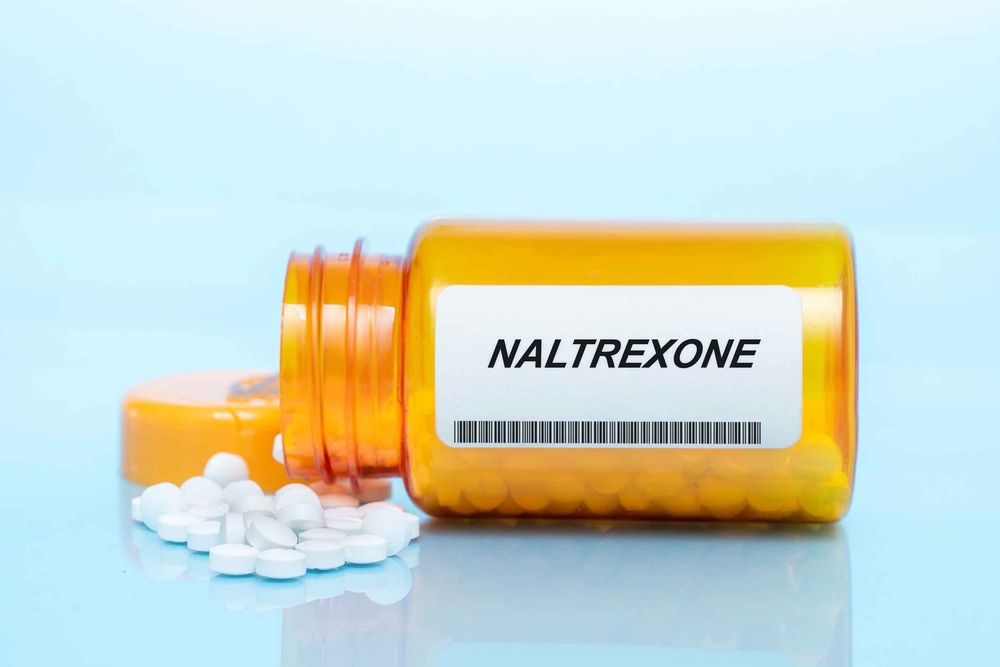Addiction Treatment for Alcoholism: What to Expect From Rehab
Alcohol abuse and alcohol dependency, or addiction, are common drug issues in the U.S. Even though alcohol use is legal, it is still a drug. It is a central nervous system depressant, which means that it slows and hinders communication between brain cells. It also affects the pleasure centers of the brain, contributing to the tendency toward addiction when alcohol is used excessively. A 2020 report by the Substance Abuse and Mental Health Services Administration (SAMHSA) found that about 138.5 million Americans aged 12 and older were alcohol consumers, and about 22% of these were heavy drinkers or binge drinkers.

Health Problems Associated with Excessive Alcohol Consumption
Excessive use of alcohol has many adverse effects on the body. In addition to affecting the brain, it affects the heart, liver, and other major organs. Excessive drinking, whether over a long period or during a binge episode, can cause irregular heartbeat, high blood pressure, or stroke. Long-term alcohol abuse can cause pancreatitis (inflammation of the pancreas), and can also increase the risk of esophageal, liver, and colorectal cancers.
Heavy drinking is defined as five or more drinks per day, or 15 or more per week, for men, and four drinks per day, or eight or more per week, for women. The U. S. Department of Health and Human Services recommends that adults consume no more than two alcoholic drinks per day for men and no more than one drink per day for non-pregnant women. (There is no safe recommended amount for pregnant women.)
Symptoms of Alcohol Addiction
Alcohol addiction isn’t a spontaneous phenomenon. It develops over time and in stages, though different people progress to addiction at different rates, depending on factors such as genetics, environment, overall physical and mental health, motivation, and life history.
In the early stages, episodes of excessive consumption may be sporadic, limited to weekend binge drinking events, for example. However, as tolerance builds and more alcohol is needed to achieve the “desired” effects, you may find yourself drinking to the point of blacking out. With increasing physiological dependency also comes more frequent and higher-intensity consumption. When you begin to drink simply to feel “normal” and to avoid the physical and psychological symptoms of withdrawal, you are likely experiencing the middle to late stages of alcohol addiction.
At this stage, your friends and loved ones are likely to have recognized the signs of your alcohol misuse, including changes in your physical appearance and your behavior. From this stage, the addiction may quickly progress to the point that it begins to negatively impact your physical and mental health, your job performance, and your relationships.
Alcohol addiction, medically known as alcohol use disorder (AUD), is characterized by the following signs:
- Drinking more than intended, or drinking for a longer period than intended
- Trying, but failing to cut down on drinking
- Becoming tolerant to alcohol use (needing more to get the same, desired effect)
- Having cravings or strong urges to drink
- Having difficulties meeting family, work, or other obligations due to drinking
- Drinking in ways or during circumstances that are dangerous (ex. drinking while/after driving)
- Experiencing withdrawal symptoms
Symptoms of Alcohol Withdrawal

When you have become dependent on alcohol and you attempt to abstain, a number of uncomfortable and potentially dangerous physiological and psychological effects can be expected. These include:
- Mood swings – alternating between anxiety and depression
- Excessive fatigue
- Irritability
- Nightmares
- Trouble concentrating, thinking
- Sweating
- Headache
- Loss of appetite
- Rapid heart rate
- In severe cases possible fever, seizures, or hallucinations
The severity of withdrawal symptoms will vary according to the severity of the abuse or addiction. Within six hours following the last drink you might experience anxiety, headache, vomiting, sweating, and trouble sleeping. By 12-14 hours, or longer, after the last drink, more serious symptoms may occur, including confusion, fever, seizures, or hallucinations, which result from nervous system changes, and are known as delirium tremens, or DTs.
What to Expect from Rehab Programs for Alcoholism
Rehab programs for alcohol abuse and addiction address four stages of treatment:
Treatment initiation
This happens during assessment when the client and treatment program staff work together to identify and consider health issues, drinking patterns, length of alcohol usage, and whether the use of other drugs was involved. Also discussed are any prior addiction treatment, and any legal issues or social service issues (stability of living arrangement, family problems, transportation needs, etc.) that may be present.
Early abstinence treatments
Initiating services and treatments that are appropriate for the client’s individual needs. This involves choosing the type of treatment needed: medical detox, inpatient or residential treatment with 24/7 medical monitoring, or outpatient treatment, in a partial hospitalization program, an intensive outpatient program, or regular outpatient treatment. Partial hospitalization programs (PHPs) typically offer 20 or more hours of treatment per week; intensive outpatient programs (IOPs) typically offer about nine hours of treatment per week, and regular outpatient programs have varying schedules, but with fewer hours than PHPs or IOPs.
Treatment services in the early abstinence stage include detox, if needed, plus addiction and relapse prevention education, and counseling (individual, group, and/or family counseling). Often 12-Step peer recovery programming is included as well.
Abstinence maintenance and aftercare services
Depending on the program, aftercare services may involve continued 12-Step programming, family programming and family support options, or assistance with daily living needs and social services, such as job and housing assistance. These kinds of services are generally offered at facilities that have longer programs (60 or 90 days vs. 30 days of treatment).
Advanced recovery services
Follow-up services, including Aftercare with in-house 12-Step recovery meetings and alumni programming with social events, are offered by many rehabs. Some rehabs have sober home facilities as part of their service offerings. After rehab is complete, a person may live for a while at the sober home facility to maintain access to social support and companionship and to live in a drug-free environment. Such ongoing support helps sustain long-term abstinence and recovery success.
Medications Used for Alcohol Withdrawal

FDA-approved medications for treating alcoholism and assisting withdrawal include acamprosate, disulfiram, and naltrexone.
- Acamprosate helps reduce cravings by balancing certain brain chemicals, called GABA and glutamate
- Disulfiram blocks the breakdown of alcohol, causing a person to feel sick if they drink and therefore discouraging consumption.
- Naltrexone blocks the pleasant, intoxicating feelings associated with alcohol consumption, therefore making consumption less desirable.
Physicians also often prescribe benzodiazepine medications, such as diazepam (Valium) or lorazepam (Ativan), that interact with certain brain chemicals, resulting in reduced anxiety symptoms during withdrawal. Benzodiazepines also help with insomnia, headaches, and pain that may be associated with withdrawal.
12-Step AA Programs vs. Rehab Facility Treatment

Many times, a rehab facility will offer 12-Step peer recovery programming as part of their services. Some may hold 12-Step meetings in-house, or they will encourage program participants to be involved with an outside 12-Step group while they are receiving treatment. But even if a facility offers 12-Step programming or meetings, the two enterprises are not the same.
Drug rehabs, whether located in hospitals, clinics, or freestanding buildings, are specialized facilities that have clinical staff – sometimes including medical professionals such as doctors, psychiatrists, or nurses, and licensed or certified mental health professionals (counselors, social workers, peer support specialists). They provide clinical treatment – medication management, psychotherapy, and/or education, based on their expertise.
Conversely, 12-Step groups are non-professional, unpaid, fellowship and support organizations. While professional people may be members, they do not offer their professional services to the group, but instead are participants, like everyone else. The actual 12 Steps, which form the philosophical foundation for the groups, are not always central to each group’s format. 12-Step groups can have many different focuses, from “working” the 12-Steps, to studying the AA Big Book or the AA Traditions book, to supporting issues like recovery-related problems specific to gay/lesbian populations.
So, if you are looking for clinical treatment and counseling, a rehab program would be the best choice. For peer-to-peer companionship and social support, within or outside of a treatment program, a 12-Step group would be an excellent choice. Both have proven success rates. Studies show that people who attended rehabs where 12-Step programming was part of the curriculum, and then who continued attending 12-Step groups after rehab, had longer periods of abstinence following treatment than people who attended rehabs that did not offer 12-Step programming.
Overcoming alcohol addiction is a complicated and life-long process. Fortunately, today, more than ever, there are programs, medications, and support groups that can help.
Sources
- Substance Abuse and Mental Health Services Association (SAMHSA) (2020). Key Substance Use and Mental Health Indicators in the United States. https://www.samhsa.gov. > reports > rpt35325 PDF
- National Institutes of Health/National Institute on Alcohol Abuse and Alcoholism (NIAAA) (2021). Alcohol’s Effects on the Body. https://www.niaaa.nih.gov/alcohols-effects-health/alcohols-effects-body
- U. S. Department of Health and Human Services (updated 2023). Dietary Guidelines for Americans 2020-2025. https://www.dietaryguidelines.gov/sites/default/files/2020-12/Dietary_Guidelines_for_Americans_2020-2025.pdf
- American Psychiatric Association (2023). Alcohol Use Disorder. https://www.psychiatry.org/patients-families/alcohol-use-disorder
- National Institutes of Health/National Library of Medicine – Medline Plus article: Alcohol Withdrawal. https://medlineplus.gov/ency/article/000764.htm
- Web MD.com (2023). What is Alcohol Withdrawal? https://www.webmd.com/mental-health/addiction/alcohol-withdrawal-symptoms-treatments
- National Institutes of Health/National Library of Medicine: Social Work Public Health Journal (2013). 12-Step Interventions and Mutual Support Programs for Substance Use Disorders: An Overview. https://www.ncbi.nlm.nih.gov/pmc/articles/PMC3753023/
Articles About Alcohol & Treatment

Couples Rehab
Couples Rehab Programs: Recovering Together Programs provide specialized treatment to help partners struggling with alcohol or substance use. They aim …

Men’s Rehab
Men’s Drug Rehab Programs: What to Expect June is Men’s Health Month, which is a great opportunity to address men’s …

Women’s Rehab
Women’s Drug Rehab: Overcoming Addiction in a Supportive Environment According to the 2019 National Survey on Drug Use and Health …